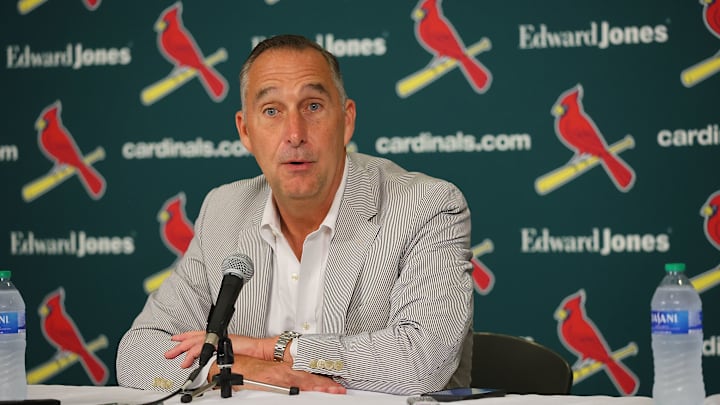David Price
The Cardinals needed starting pitching in December 2015, and both David Price and the team believed that they had a deal in place before the left-handed played a round of golf that day.
Then the Red Sox came in and upped the offer by about $30 million, and Price inked a seven-year, $217 million deal with Boston that day. St. Louis was willing to go up to almost $200 million to sign one of the best-starting pitchers on the open market and was outbid at the very last second in a Hail Mary move by the Red Sox.
While we can all agree that the Cardinals dodged a massive bullet by missing out on Price, it's telling to me that they had the full intention of paying a starting pitcher that kind of money. Assuming Price's contract was the same amount of years in the $180 million range, that means St. Louis was looking to pay Price around $26 million a year annually to be a starter for them.
Do you know who else will be looking for money like that in the near future? Aaron Nola, Blake Snell, and Yoshinobu Yamamoto. If the Cardinals are serious about improving their starting pitching this offseason, they'll get into a similar sweepstakes once again.
Sure, they did not go up to the $217 million number that Boston came in with last second, but that would have been $31 million a year over seven years for a starting pitcher. To put that into context, excluding extensions signed before free agency, Price's deal is the seventh largest free agent contract signed in the last decade, and second only to Gerrit Cole's massive nine-year, $324 million deal with the Yankees. Price's deal is the third-largest contract to a pitcher in MLB history when you include Strasburg's extension with the Nationals.
I don't blame the Cardinals for balking at that asking price. But I think we would all be fair to criticize them if they do not go back into the high-end pitching market to find a new starter this offseason.
